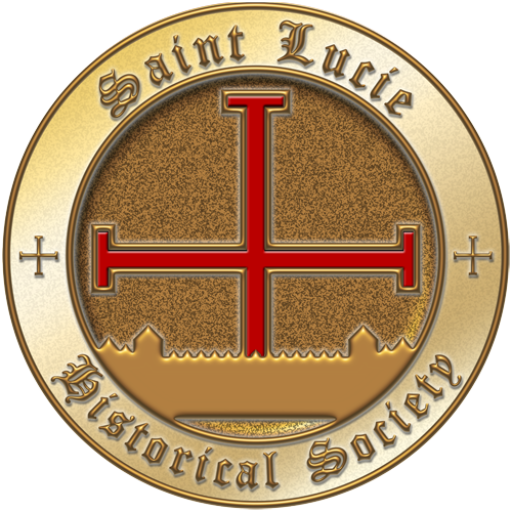The Seminoles
In the mid 18th century various sized groups of Creek Indians began migrating to Florida from different areas of the nation. By the early 19th century they were joined by runaway slaves who took refuge with them. Some became slaves, others intermarried. These people became known as the Seminoles.
The Seminoles used dugout canoes made from cypress trees to travel the waterways. They survived by hunting, tanning buckskins, gathering food and gardening. They made flour for cooking from the roots of the wild coontie (Zamia) plant. They ate only when they were hungry. Throughout the day a pot of hot soup of sofkee would be kept on the fire. The chickee style of architecture- palmetto thatch over a cypress log frame – was born during the early 1800’s when Seminole Indians, pursued by U.S. troops, needed fast, disposable shelter while on the run.
Osceola was a Seminole war leader who refused to leave his homeland in Florida. Seminoles, already noted for their fighting abilities, won the respect of U.S. soldiers for their bravery, fortitude, and ability to adapt to changing circumstances during the Second Seminole War (1835-42). This war, the most significant of the three conflicts between Indian people and U.S. troops in Florida, began over the question of whether Seminoles should be moved westward across the Mississippi River into what is now Oklahoma.
As early as 1880, the hand operated sewing machine made its appearance in Seminole camps. It would in time, transform the appearance of Seminole clothing, By 1892, it was noted by an Everglades explorer that there were sewing machines in all the Seminole camps that he visited in South Florida.

“Osceola Holding Informal Court with his Chiefs”
“Osceola Holding Informal Court with his Chiefs”
This mural was painted by Lucille Blanch in 1938. Painted on canvas it hung for 64 years at the Fort Pierce Post Office. It was removed from the closed building in August of 2002 and it is now in the lobby of Fort Pierce City Hall.
